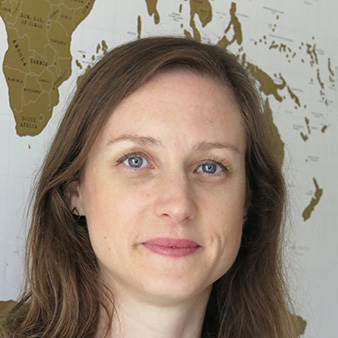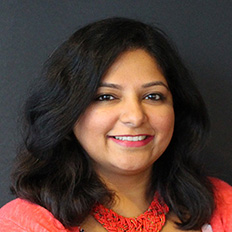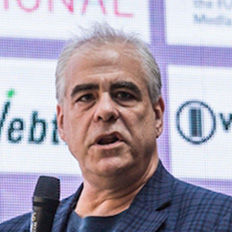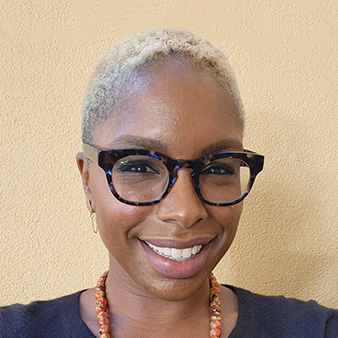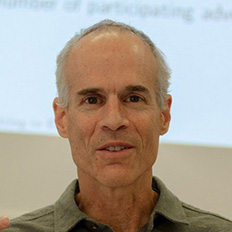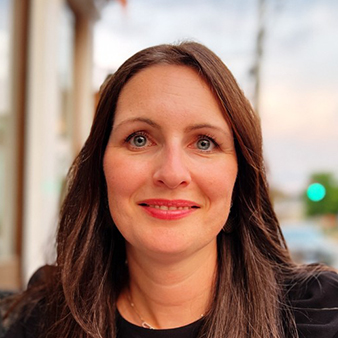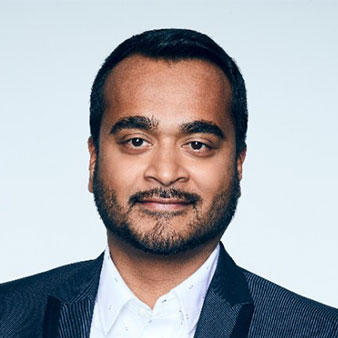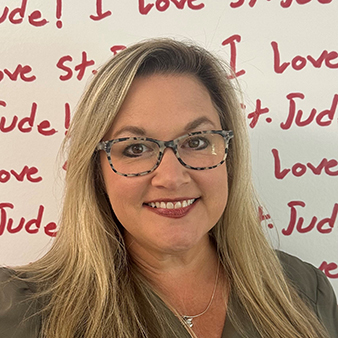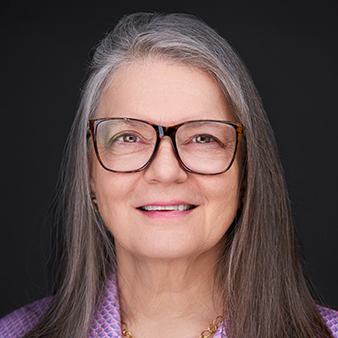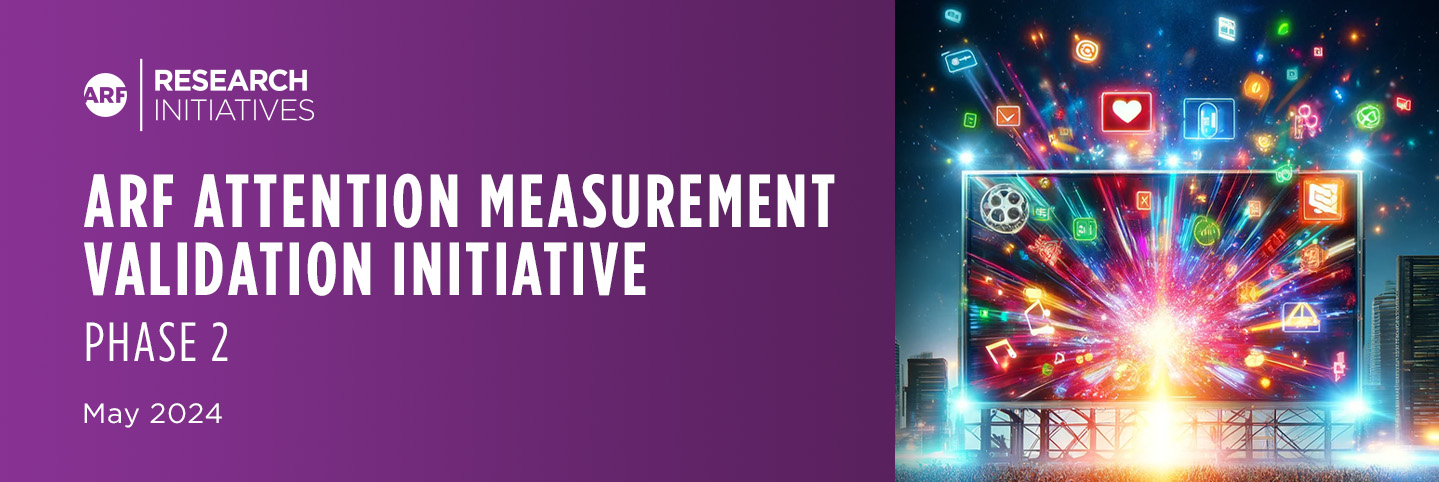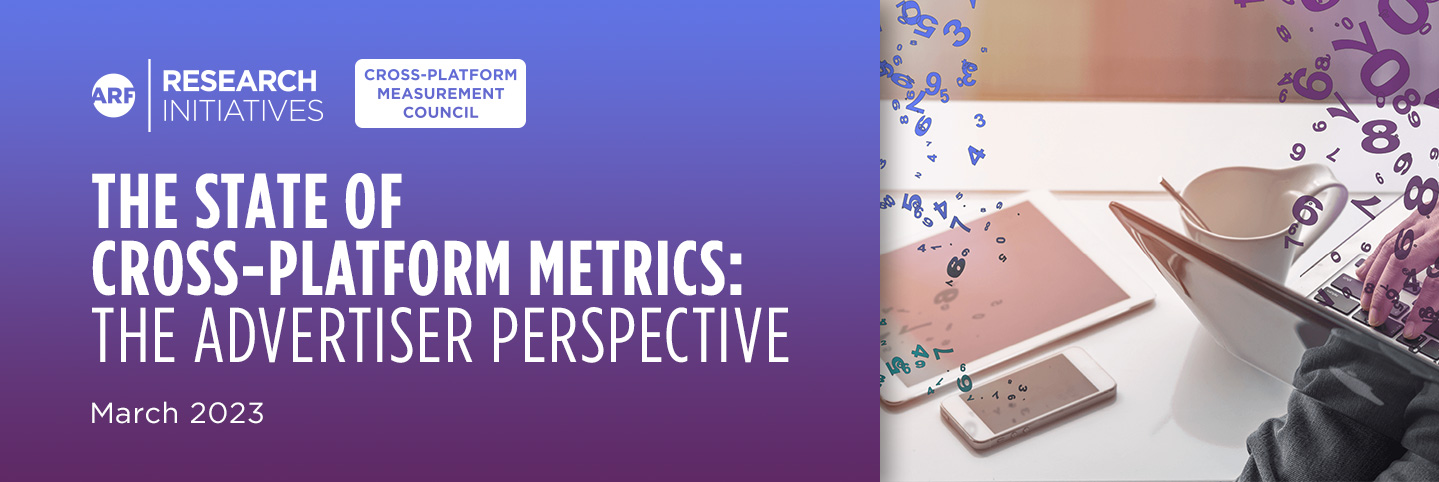2026 Call for content topic descriptions:
AI in Marketing & Research: Emerging Applications, Evidence, and Implications
AI is transforming how researchers generate insights, simulate behavior, and evaluate marketing performance. From large language models and synthetic respondents to AI-enhanced segmentation and predictive analytics, new tools are reshaping methodologies at scale. How is AI being integrated into the research workflow? What have we learned about its validity and reliability? What are the implications for research design, interpretation, and decision-making in an increasingly automated landscape? What strategies and tools are you using to combat deepfakes and ensure the authenticity and transparency of AI-generated content? What is the latest research on systems to verify tamper-proof content provenance, such as watermarking and C2PA? As consumers encounter more fake photos and videos—whether of cute kids and pets or otherwise—how does this influence their perception of other photos and videos?
Balancing Privacy with Personalization in the Age of Personal AI
As AI agents become personal assistants, advocates, and gatekeepers for millions, the challenge of balancing privacy with personalization grows more complex. When each person’s AI is trained to protect their data and provide highly relevant experiences, the tradeoffs between transparency, trust, and personalized engagement become more pronounced. We welcome research, case studies, and innovations that explore:
- How AI agents can provide personalized value while respecting privacy boundaries
- Frameworks for data consent, control, and ethical use in human–AI interactions
- Emerging technical and policy strategies to maintain user control while facilitating large-scale personalization
AI Search and the Battle for Trust
Research on the future of search is crucial as AI shifts results from links to text answers. What does this mean for publisher revenue, consumers’ ability to distinguish sponsored from organic content, and broader trust in both advertising and AI? These changes could influence how consumers find brands, how effectiveness is measured, and how advertising strategies are developed—raising urgent questions for marketers and researchers alike. We invite you to submit work exploring these shifts, their measurement challenges, and their implications for the future of marketing and media.
Advancing the Science and Business of Attention
Attention metrics have rapidly advanced, yet industry discussions often revisit familiar topics. How are emerging technologies like AI-driven eye-tracking, AR/VR, and predictive biometrics changing our understanding of “attention”? Where is the strongest (or weakest) empirical evidence linking attention metrics to real-world outcomes such as increased revenue, customer retention, or brand loyalty? How have marketers and media buyers integrated attention-based metrics into daily planning, buying, and optimization—and what lessons, positive or negative, have been learned? Are there significant limitations or blind spots in current attention measurement methods, and what new frameworks or additional metrics could be developed?
Evolving Strategies for Reaching Diverse Audiences
Marketing to diverse audiences now requires more than just demographic segmentation—it involves cultural fluency, contextual awareness, and understanding how identity, values, and media behaviors intersect. What are the best practices for inclusive marketing in an era of rising sociopolitical polarization? How are brands managing differences not only in race, ethnicity, and gender but also in ideology, geography, and media ecosystems? What frameworks help balance authenticity, representation, and risk in this increasingly complex landscape?
The Current State of Video Measurement
Video measurement faces significant challenges, especially as we attempt to unify Connected TV (CTV), linear TV, and streaming platforms into a single ecosystem. The viability of “deterministic” identity matching systems is being undermined by changing privacy rules, which lead to a greater reliance on privacy-first “probabilistic” methods. What are the concerns about their accuracy and scalability, especially as video consumption becomes ever more fragmented? Partnerships between major data owners and independent measurement firms signal the possibility of a more comprehensive, cross-platform view of fragmented audiences, but do the numbers add up? What are the most promising paths forward for hybrid methodologies?
The Role of Legacy Media in Today’s Multi-Media World
Traditional media continues to complement digital and on-demand platforms rather than replacing them. OOH media still find their way into various parts of consumers’ lives, but is measurement keeping pace? As “drive time” radio evolves and podcasts grow in popularity, how is our understanding of radio’s role in advertising changing? The rise of in-app and in-game ads challenges measurement; how should their impact be evaluated? Linear TV remains a key component of brand strategies, but combining linear TV with digital platforms complicates audience measurement. How can cross-platform reach be most accurately captured? What new tools or strategies will help decode interactions between traditional and emerging media for better media planning?
Influencer Strategy: Aligning Content, Audience, and Goals
As influencer marketing continues to grow in scale and complexity, the main challenge is understanding its role in planning and maximizing audience reach. How can brands evaluate which influencers best match campaign objectives, target audiences, and media mix? How do different platforms, formats, and audience overlaps affect overall effectiveness? We invite you to submit work that advances the planning, assessment, and strategic integration of influencers into the marketing mix.
Brand Safety and Content Adjacency
For brand safety, what effective data-driven approaches go beyond traditional blocklists and manual monitoring? How can natural language processing (NLP), sentiment analysis, and machine learning models be used to classify content contextually and detect subtle nuances that may affect brand perception? Share methods for real-time brand safety monitoring across programmatic and social media channels, emphasizing the integration of proprietary data with third-party verification tools. What are the best practices for quantifying brand risk exposure and balancing scale with safety? How can these insights be operationalized to improve media buying strategies and build client trust in an evolving digital landscape? How are you addressing brand safety risks and measurement challenges from generative AI, deepfakes, synthetic content, and misinformation?





